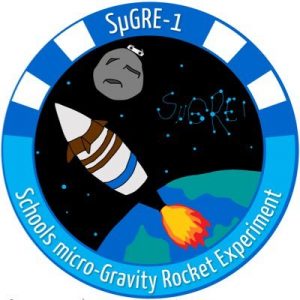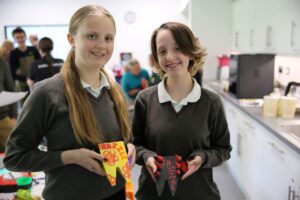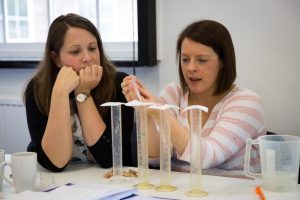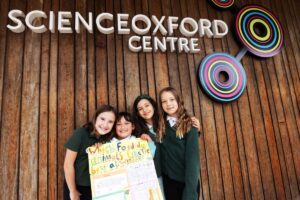Oxford primary school design to fly in to space
Thursday 1st March 2018

New Marston Primary School is celebrating after winning a competition to have a special mini-sculpture taken in to space. With support from Science Oxford, several schools from across Oxfordshire entered the NASA SuGRE-1 challenge to design a sugar cube sized sculpture that will be blasted into sub-orbital space aboard a rocket this April. The winning sculptures will be involved in a micro-gravity and 3D imaging experiment that makes up part of an X-ray telescope mission that NASA are running in collaboration with Pennsylvania State University.
The winning design was created by Catriona Porter, aged 10 and a year 5 pupil at New Marston. Catriona designed a new astro-plant sculpture. She explained: “My model has a story. An astronaut went in to space and discovered a planet called Sertran. It had no life but did have plants. My design shows one of the plants, which the astronaut called a planettron. The plannettron has earth, moon and Saturn flowers.”
Deputy Head Teacher Scott Lewis said: “It’s a great honour for Catriona and New Marston. She worked very hard on her design along with the rest of the class and it’s great to see her efforts rewarded with this once in a lifetime opportunity. We’re all very proud of her!”
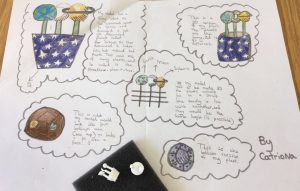
Catriona Porter’s original design from New Marston Primary
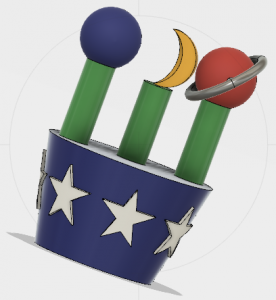
Computer aided design
Science Oxford helped competitors like Catriona by bringing their designs to life using a high-tech 3D printer and laser cutter. Sophie Batin, the charity’s educational outreach manager, said: “This competition inspired so many young people and we really wanted to help local primary schools to create the best sculpture they could. Most do not have the expensive kit needed to build such tiny models but we do and so we were very happy to help out. “
She added: “ We used our 3D printer to build a 3D version of Catriona’s design and are thrilled for her that the design will be going intergalactic.”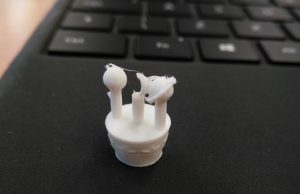
Catriona’s model will join 149 others on the rocket, which will launch from a tiny island in the Pacific Ocean next month. On return to Earth, all the models will be recovered and returned to the schools, along with a 3D recording of their sculpture floating in zero gravity and a certificate authenticating that it has been in to space.
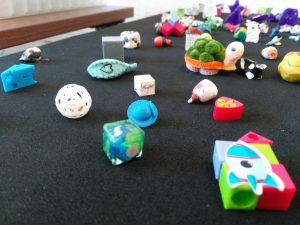
Selection of entries
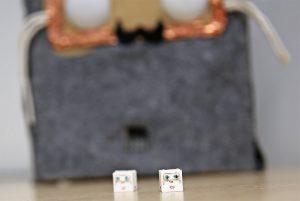
Science Oxford’s micro:bit robot Kitty’s ‘mini-me’ will also be going into space!
Follow the mission on SuGRE-1 Twitter
